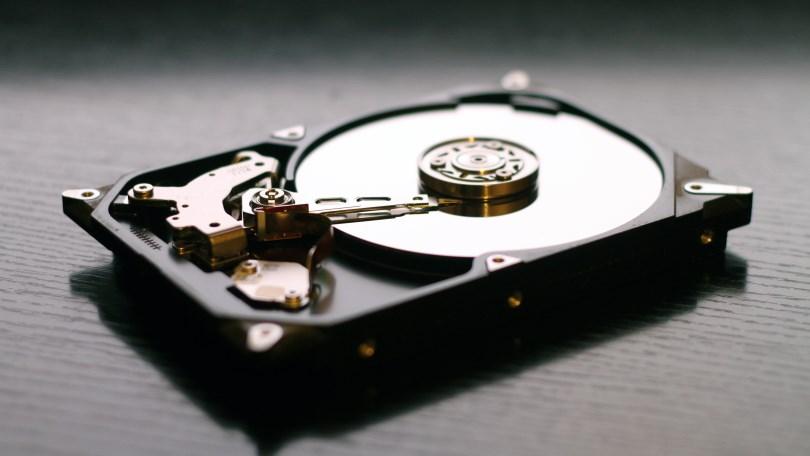Barbara Liskov pioneered the modern approach to writing code. She warns that the challenges facing computer science today can’t be overcome with good design alone.


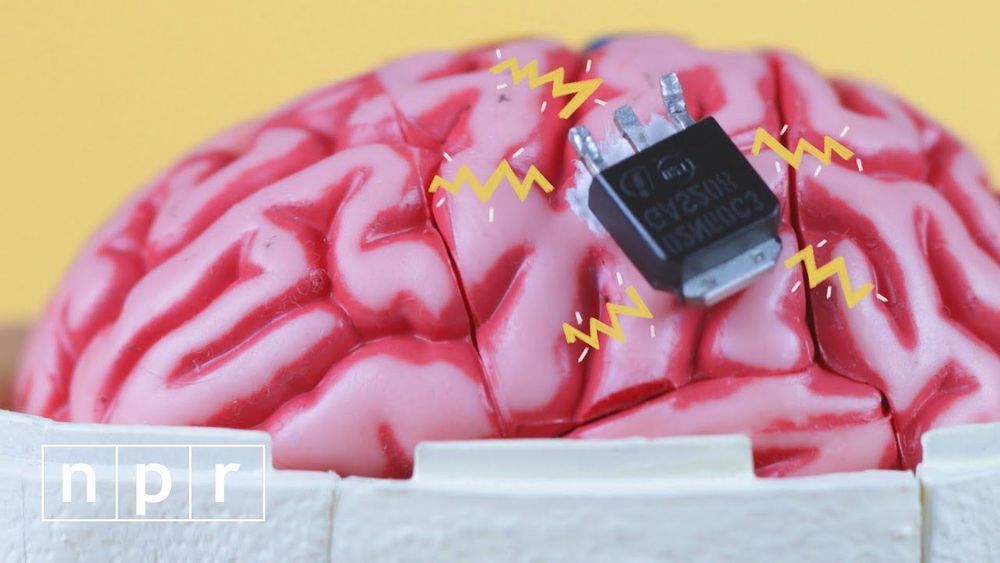
The fast-moving development of brain-machine interfaces got a boost when Elon Musk announced the work for Neuralink, his new company devoted to implantable devices to enhance cognition and better marry our brains with super-computing. His competitor, fellow tech entrepreneur Bryan Johnson of Kernel, weighs in on why he thinks advancing cognition can solve all the other problems in the world. But tech ethicist Tristan Harris says not so fast — we haven’t properly accounted for what existing tech has already done to us. Think things through with this brainy episode of Future You with Elise Hu.
—————————————————–
Follow NPR elsewhere, too:
• Twitter: https://twitter.com/npr
• Facebook: https://www.facebook.com/NPR
• Instagram: https://www.instagram.com/npr/
• Tumblr: http://npr.tumblr.com/
• Snapchat: https://www.snapchat.com/add/npr
ABOUT NPR
NPR connects to audiences on the air, on demand, online, and in person. More than 26 million radio listeners tune in to NPR stations each week and more than 36 million unique visitors access NPR.org each month making NPR one of the most trusted sources of news and insights on life and the arts. NPR is also the leading publisher of podcasts, with 36 original shows and an average of 4 million listeners per week. NPR shares compelling stories, audio and photos with millions of social media users on Facebook, Twitter, Instagram, Pinterest, YouTube and Snapchat; NPR News and NPR One apps, online streaming, podcasts, iTunes radio and connected car dashboards help meet audiences where they are. NPR’s live events bring to the stage two-way conversations between NPR hosts and the audience in collaboration with the public radio Member Station community. This robust access to public service journalism makes NPR an indispensable resource in the media landscape.
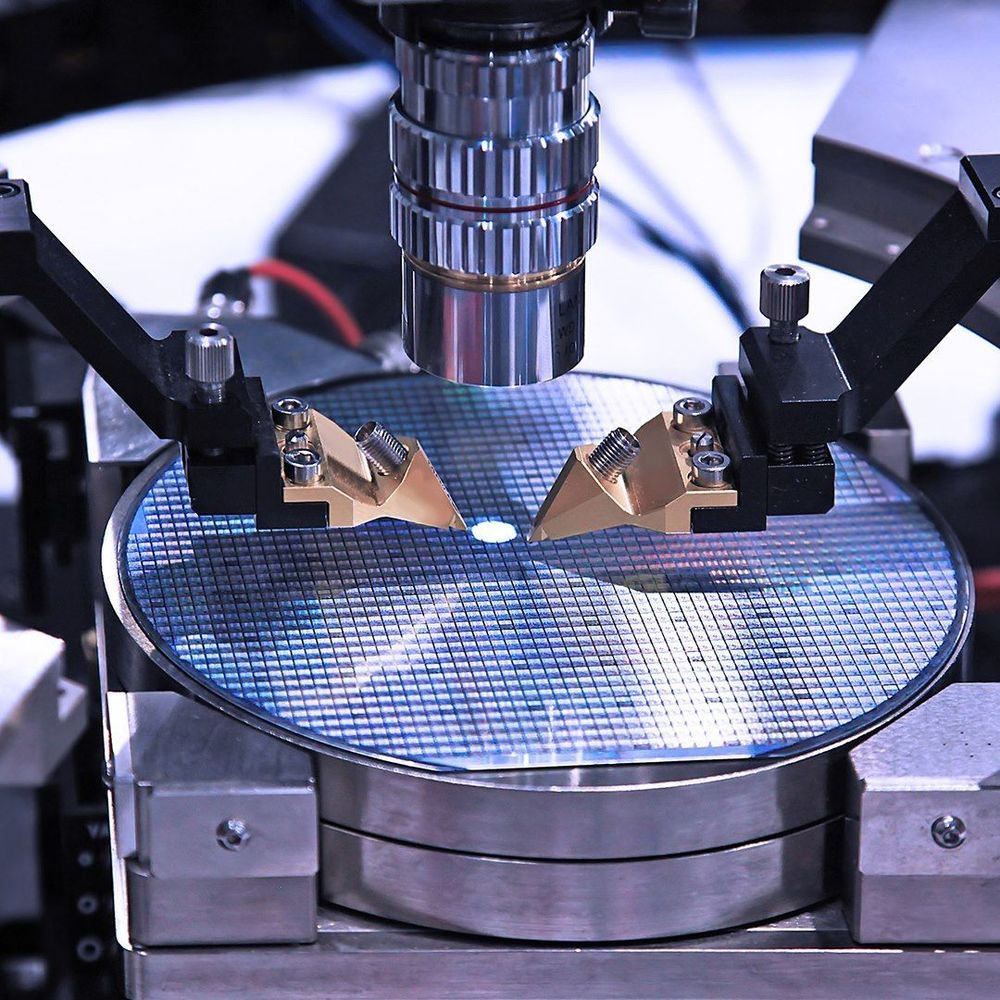
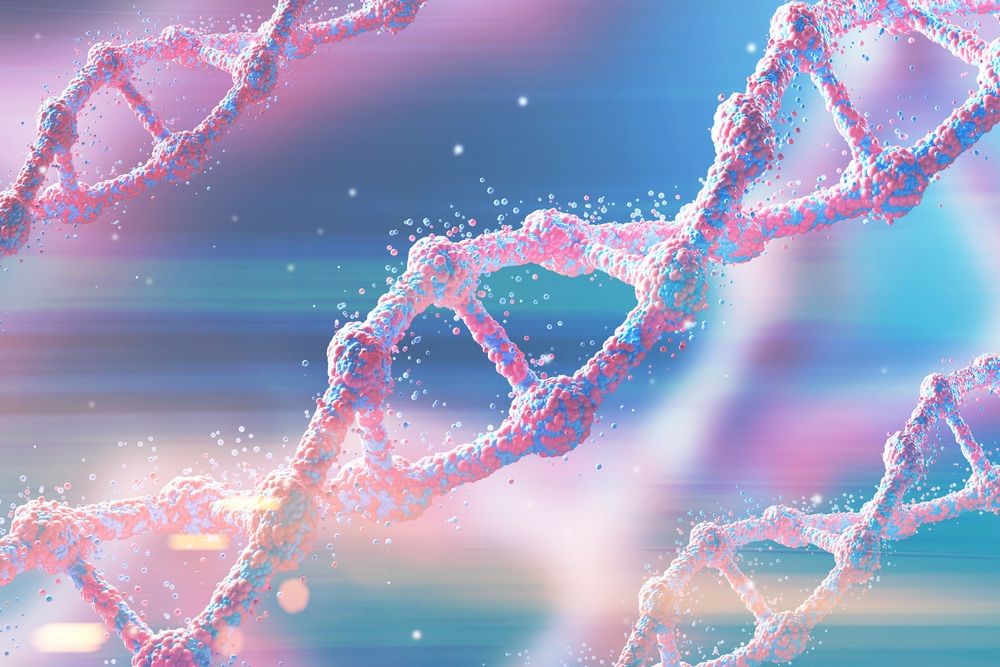
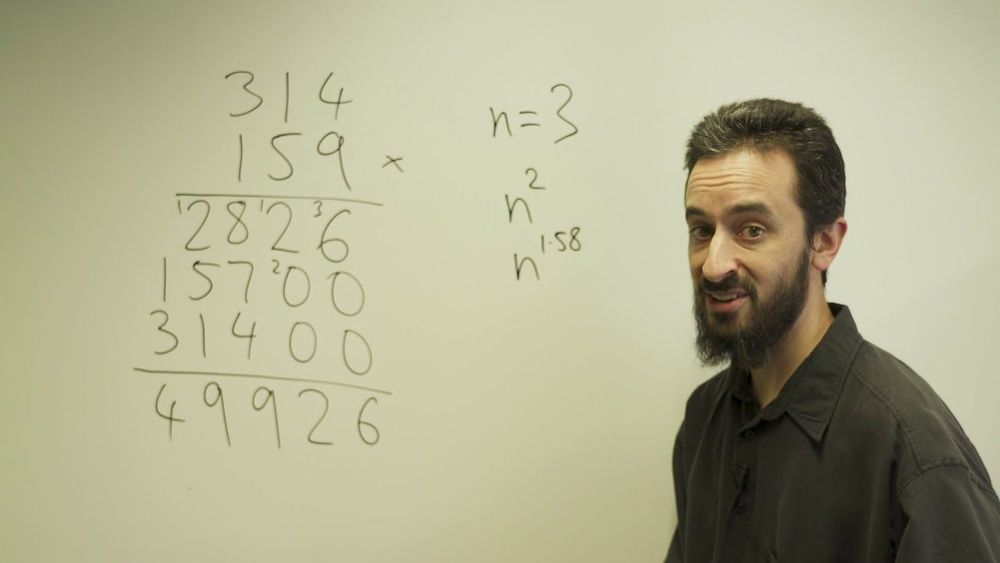
A pair of mathematicians from Australia and France have devised an alternative way to multiply numbers together, while solving an algorithmic puzzle that has perplexed some of the greatest math minds for almost half a century.
For most of us, the way we multiply relatively small numbers is by remembering our times tables – an incredibly handy aid first pioneered by the Babylonians some 4,000 years ago.
But what if the numbers get bigger? Well, if the figures get unwieldy – and assuming we don’t have a calculator or computer, of course – most of us would then turn to long multiplication: another useful trick we learn in school, and a trusty technique for multiplying basically any two numbers together.

Polymorphism is a remarkable concept in chemistry, materials science, computer science, and biology. Whether it is the ability of a material to exist in two or more crystal structures, a single interface connecting to two different entities, or alternative phenotypes of an organism, polymorphism determines function and properties. In materials science, polymorphism can be found in an impressively wide range of materials, including crystalline materials, minerals, metals, alloys, and polymers. Here we report on polymorphism in a liquid crystal. A bent-core liquid crystal with a single chiral side chain forms two structurally and morphologically significantly different liquid crystal phases solely depending on the cooling rate from the isotropic liquid state. On slow cooling, the thermodynamically more stable oblique columnar phase forms, and on rapid cooling, a not heretofore reported helical microfilament phase. Since structure determines function and properties, the structural color for these phases also differs.

A new study describes a novel approach for purifying rare earth metals, crucial components of technology that require environmentally-damaging mining procedures. By relying on the metal’s magnetic fields during the crystallization process, researchers were able to efficiently and selectively separate mixtures of rare earth metals.
Seventy-five of the periodic table’s 118 elements are carried in the pockets and purses of more than 100 million U.S. iPhone users every day. Some of these elements are abundant, like silicon in computer chips or aluminum for cases, but certain metals that are required for crisp displays and clear sounds are difficult to obtain. Seventeen elements known as rare earth metals are crucial components of many technologies but are not found in concentrated deposits, and, because they are more dispersed, require toxic and environmentally-damaging procedures to extract.
With the goal of developing better ways to recycle these metals, new research from the lab of Eric Schelter describes a new approach for separating mixtures of rare earth metals with the help of a magnetic field. The approach, published in Angewandte Chemie International Edition, saw a doubling in separation performance and is a starting point towards a cleaner and more circular rare earth metals economy.

